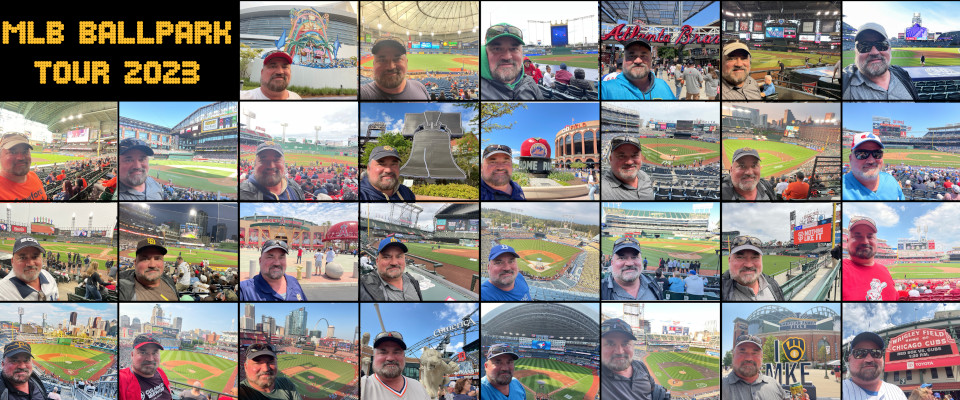Except for the COVID years, I have attended a game in all 30 MLB ballparks every summer since 2011. When I was working in advertising, my frequent travels covered many of the cities, leaving me to fill in gaps. But as a Dad of two growing kids, I also was cognizant of not being away on weekends.
Cut to 2023. I now teach at a University full time, and have a much more flexible schedule. And the kids are now adults, so I have fewer commitments. The problem is, teaching doesn’t pay what advertising did. And as expensive as tickets, ballpark beer and stadium food are, the real expense comes in travel. Hotels are pricier than ever. Gas is expensive. And it’s trickier to find great deals on airfare.
I’ve had to be more creative to fund my passion. While I refuse to completely cheap out (e.g. bring food into the ballpark, sit in the nosebleeds, stay at fleabag motels), I’ve found creative ways to allow me to continue to witness a game in all 30 ballparks without sacrificing the experience.
Hopefully, these aren’t all from the desk of Captain Obvious, and there’s some usefulness here.
NINE TIPS FOR SAVING MONEY WHILE CHASING MLB BALLPARKS
1. If traveling solo and/or meeting your party in a different city, fly
- Obviously, if you’re going with a group, a road trip is hard to beat. But at $5/gallon for gas, and with simple roadside inns running $150 with tax, it may be cheaper to get there quickly by air.
2. Fly when the kids are still in school.
- Airfare is significantly more expensive in summer.
- Traveling in the spring may mean dealing with wicked and disruptive storms, but the savings are often worth the risk
- Traveling in the fall outside of the hurricane zones can be even cheaper, but make sure any late August and September games involve a contender (unless you like a more laid-back, sparsely attended vibe) and double check to make sure there’s not a football game in the area that will drive up hotels.
3. Don’t assume the closest distance is the cheapest route.
- I’ve seen Chicago to Phoenix flights way cheaper than Chicago to Kansas City.
- Do some homework before mapping out your route. Travel cost should be part of the chaser’s planning guide.
4. Pack light. Like ruthlessly light.
- Some discount airlines charge more for a carry-on that the seat, so if you can fit everything in a small backpack, you can take advantage of ridiculously inexpensive airfare. (I flew to Denver from Chicago for $29. Total. It cost me more in gas and tolls to get to the airport!)
- As a bonus, if you only have a backpack, and you don’t have a car, you can often head right to the ballpark and rent a locker for your bag, or even bring it inside with you.
- Word to the wise: if you do this, be sure to pack/wear dark clothes. One stray chili dog can ruin a light packing plan if you brought just one pair of khakis.
5. Minimize hotel expenses.
Assuming you don’t camp, like roaches, or sleep in cars, lodging is the largest expense in ballpark chasing. Ways to save include:
- Make the last game on your trip a day game, and fly out that night. I did many 3-day weekends this year: morning travel from home to city 1, day exploring city 1, Friday night night game, lodging, morning travel to city 2, day exploring city 2, Saturday evening game, lodging, morning travel to city 3, day game, post-game exploring in city 3, late evening travel back home.
- Take red eyes home from the West Coast. This screws you up the next day, but you can catch a few winks on the flight, then nap in your own house the next day. I did two separate trips to the west coast, and it was more fun and less expensive than a week-long marathon trip.
- If you have friends in other cities, relive your college years and crash with them. I slept on more futons this year than any year since I was 21. (Side tip: If you’re not imposing, and you have a “free” place to stay, consider a 2-day, 2-game stay. The extra day in the city gives you enough time to poke around and get to know it better. And two games allow you more time in the ballpark, and the opportunity to enjoy seats in different areas.)
- If your plans are firm, prepay for your hotel to get bigger discounts (and hope travel delays and cancellations don’t ruin your plan). Many hotel chains compete with the Pricelines of the world by offering good deals on non-refundable prepaid stays.
- Use aggregator sites like Kayak to find if a 3rd party site is offering a great deal on a hotel
- If you have super status with a chain, cash in points when rates are higher
- Consider staying a little further out. As much as I love walking back to the hotel after a game, it may be significantly cheaper to stay in a different part of town. For instance, in San Diego this year, the hotel rates were very high in the Gaslamp area around Petco. So I got a place on the trolley line in the Hotel Circle area. While not as convenient, I more than paid for the entire game experience (infield box seat, food and beer) with the lodging savings.
6. Rent a car only if you need to.
- Now, if you’re flying in for game in LA, Atlanta, Dallas, Houston, Kansas City, Detroit, Cincinnati, or Tampa, a car makes things much easier.
- But In most other MLB cities, you have a viable alternative. There are direct rail routes into the city from the airports in Chicago, Boston, Philadelphia, Baltimore, Cleveland, Minneapolis, Seattle, Bay Area, Denver, Phoenix, St Louis, and Toronto. Reagan in DC is right on the Metro and public transit can be effective from any of the 3 NYC airports. There are express buses from the airport in Pittsburgh and Milwaukee. And in San Diego and Miami, the ballparks are pretty close to the airports, making a cab or Uber a great option.
- Keep in mind, I offer this advice as one who really prefers having the freedom of a set of wheels. But between gas, parking and the rental rates, this can save a lot of money and be a lot easier than you think.
7. Buy your seats closer to game time
- When I first starting stadium chasing in the late 1980’s, the ticket price was an insignificant part of the budget. But in 2023, the average ticket price is now more than $100 according to Statista. So the Bad News: you need to budget for tickets.
- The Good News: with the exception of opening days and important rivalry games, MLB games almost never sell completely out. So you likely won’t be completely shut out if you wait. Every now and then, waiting may backfire, and you could end up in a terrible seat, but patience usually pays off.
- Most know that the secondary market is often cheaper than the box office, especially as game time approaches. Within 36 hours or less prior to first pitch, fair-priced good seats are usually available, sometimes at a real bargain vs buying them from the team. A seat is worthless after the game is over, so resellers start lowering their price if there’s still lots of inventory close to game time. (Conversely, prices will go up, if inventory becomes scarce, but that’s less common in baseball.)
- You should do your research well in advance and know what face value is, what sections may have issues with obstructions, where to find shade, the fees charged by reselling sites, etc. That way, if you find a fabulous deal on Stubhub or Seatgeek, you can just jump on it.
- If you’re going “just to see the ballpark”, or plan to hang out in one of the ubiquitous “social areas”, you MAY be able to get away with a “get in” seat. Be careful that you’re not restricted to a limited area. For instance, an upper deck seat at Sox Park in Chicago keeps you limited to only the upper deck.
- Of course, if you’re shameless, you can always buy a cheap ticket and try to sneak down to better seats, especially after a few innings. But I hate looking over my shoulder, and it’s harder to bribe ushers in cashless ballparks, so I just buy the seats in which I want to sit.
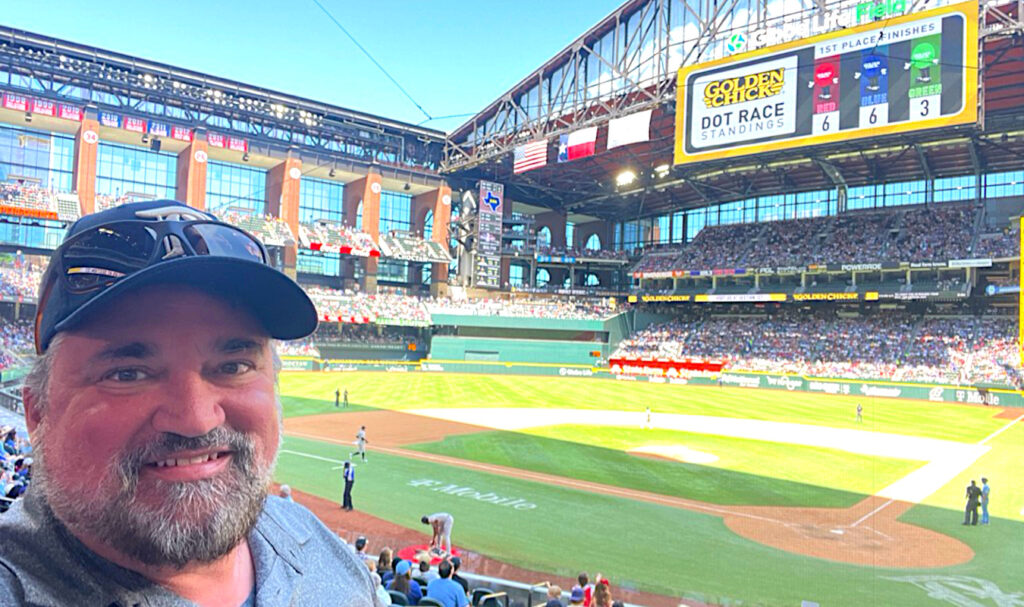
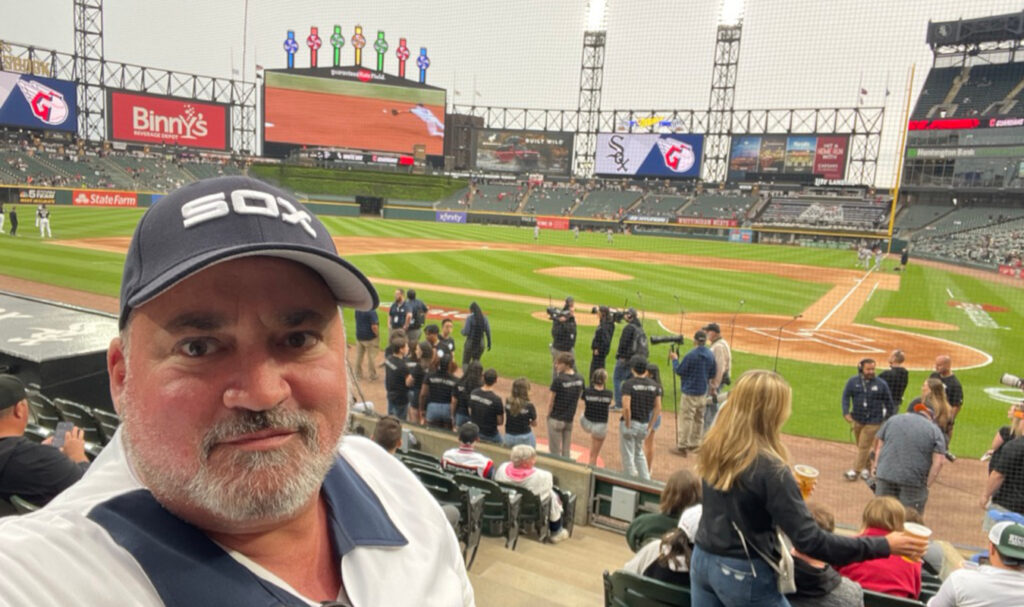
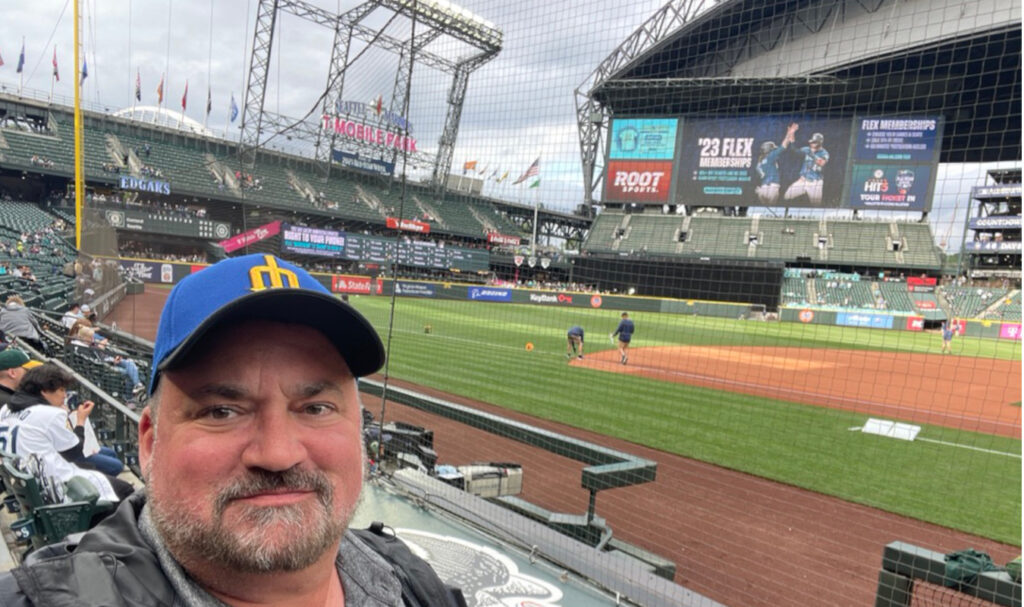
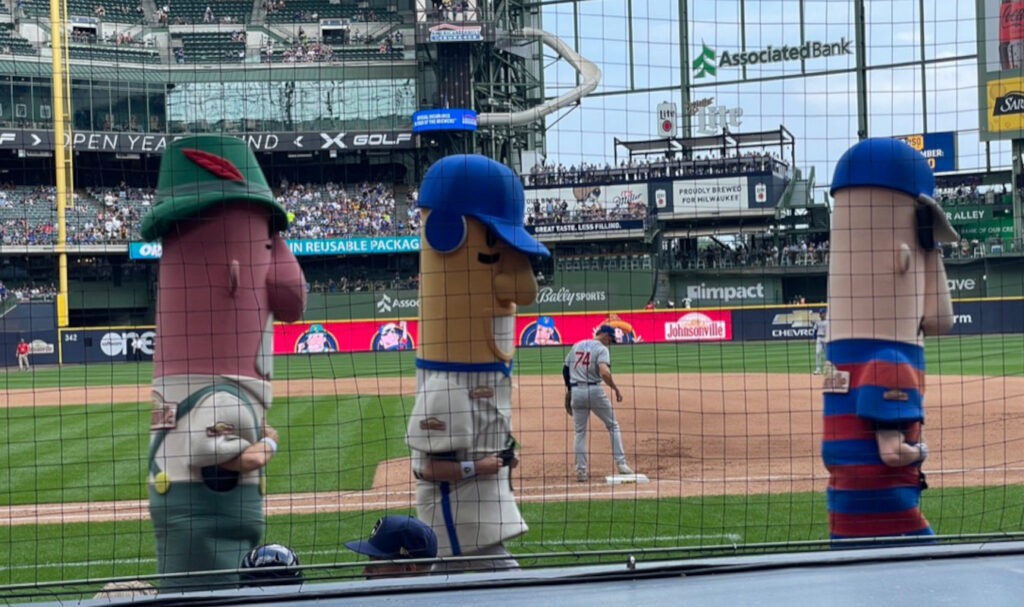
8. Take shorter but more frequent trips.
- That trip that would allow you to see 9 games in 9 cities in 8 days looks good on paper. But by Day 4, you’ll feel exhausted. By Day 6, it will feel more like work than fun. And if you enjoy beer and ballpark food several days in a row, your body may start to hate you, and you’ll turn into one of those people looking to buy fruit at the game. Every game should be met with anticipation, and shorter trips keep things fresh.
- Plus, with shorter trips, you’re likely sleeping in your own bed more often.
9. Don’t go if you have to pinch every penny.
- Not to be a buzzkill, but travel is expensive. Live sports are expensive. If it’s not in the budget, it’s not in the budget. If you cheap out on the ballpark experience, you’re not getting what you came for. Better off saving up and knocking off 1 or 2 ballparks a year, but doing them “properly”.
- Especially if it’s your first time to a city, it pays to spend an extra day or two to get to know the city better. Over the years, I’ve likely spent the equivalent of two weeks in each MLB town, and that familiarity helps me feel less like a lost tourist. While I always love a local’s advice, I have some stomping grounds now and feel like I can maximize my relatively limited time in each town with a little pre-planning.
So there you have it. MLB ballpark chasing for less money. ENJOY THE CHASE

